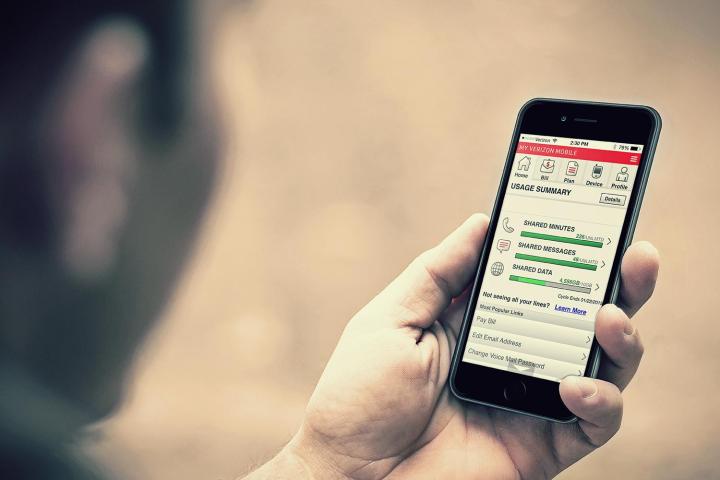
With an average download speed of just 10Mbps, the U.S. is considerably behind world leaders and even the global average for LTE download speeds, which stands at 13.5 Mbps. Singapore, which has taken first place in this measure, offers download speeds as fast as 40Mbps. Part of the issue, it seems, is that Americans were some of the earliest adopters of LTE coverage, but now, much of that early technology has become outdated, but has not been replaced. And of course, the size of the country factors into the national average, so the fact that there are over 300 million Americans makes it more difficult for the country to rank well.
And by some other metrics, the U.S. is actually doing quite well. Take, for example, LTE coverage — cell phone subscribers get an LTE signal 81 percent of the time, making us the seventh best in the world. Of course, it’s still a ways away from leader South Korea, whose citizens get signal 99 percent of the time.
So at least for now, it feels a bit like a trade-off when it comes to speed versus coverage. As OpenSignal notes in its report, “progress … is proceeding at different rates in different parts of the world.” With the exception of nations like South Korea and Singapore, which “have managed to build networks unrivaled in both technology and reliability,” the rest of us “have mastered only one half of that network calculus.”
Maybe this is just the kick in the pants our service providers need to up the ante.
Editors' Recommendations
- U.S. Air Force’s secretive space plane bags prestigious aerospace award
- SpaceX and United Launch Alliance win launch contracts for U.S. Air Force
- The U.S. Air Force’s secretive space plane ends record-breaking mission
- U.S. Navy is working on making its fleet invisible to computerized surveillance
- Parrot to build small surveillance drones for U.S. soldiers on the battlefield

